FARO Street lighting
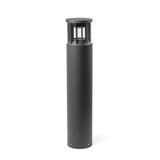



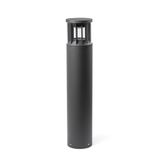
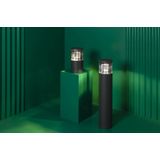
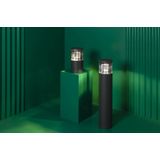
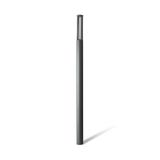

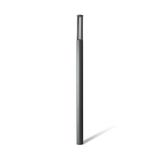
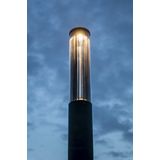
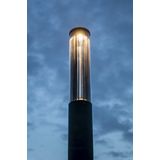
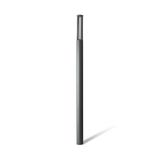


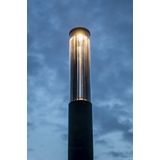

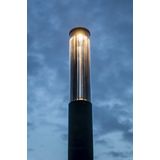
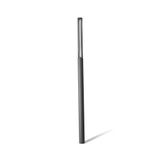
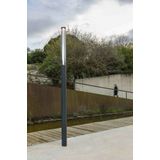


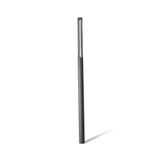

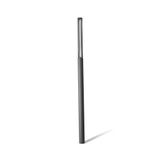
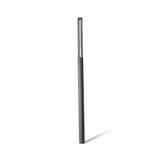
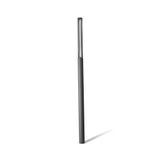
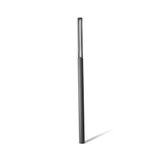

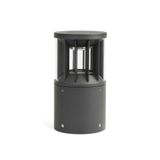
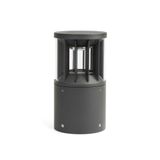
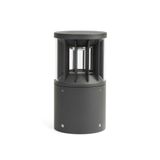
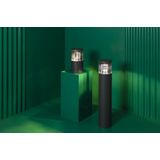




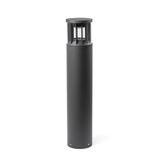
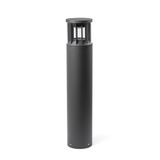

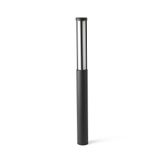
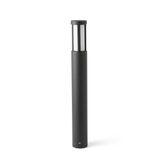
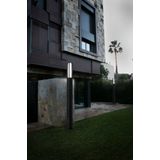
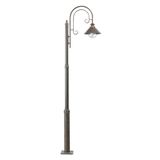

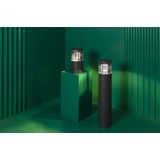
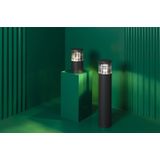
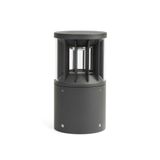
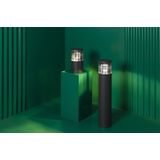
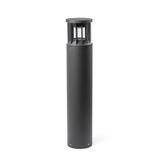
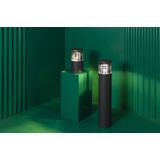
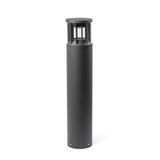
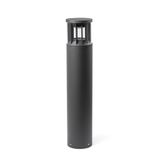
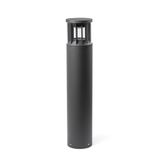



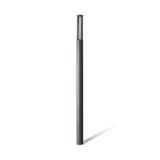
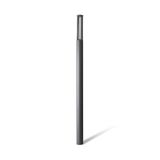

-
-
1
- 2
-
In modern urban infrastructure, the right outdoor lighting matters more than you might think. Street and park luminaires aren’t just “lights that happen to work” — they’re safety elements, aesthetics-enhancers, maintenance anchors. Whether you're lining boulevards, equipping park pathways, or upgrading city centres, Faro street and park lights bring that level of punch. In practice you’ll find they make the difference when retrofit schedules are tight, maintenance budgets lean, and installers need gear that tolerates weather, vibration, dirt, and time.
Technical characteristics of Faro Street & Park Lights
- Voltage: typical 220-240 V AC, some modules support 100-277 V for wide compatibility.
- Mounting: post top, side-arm, bollard or twin-arm pole configurations; cast aluminium or die-cast bodies, powder-coated for corrosion resistance.
- Ingress/impact protection: many models IP65/IK08 (or better) for outdoor exposure and mechanical stress.
- LED modules: integrated or replaceable; lumen packages from ~3 000 up to 20 000+ lm depending on height and spacing.
- Colour temperature options: 3000 K standard for city-park ambience, 4000 K common for functional zones; CRI ~70-80 typical, some higher when required.
- Life rating: LED life of 50 000 hours plus, driver units rated for 100 000 on/off cycles; thermal management often via aluminium fins and die-cast heat sinks to maintain lumen output.
- Certification: CE marking, EN 60598 series (luminaires), some with EN 13032 photometric data for planning.
- Additional features: optional DALI or 1-10 V dimming; some models offer smart controls or photocell / motion interface; prismatic or asymmetric optics to reduce glare and light spill.
Practical examples of installing Faro street luminaires in real jobs
Picture a park upgrade: you’ve got an existing 6-metre pole row, the old lights reached end-of-life. You order Faro street luminaires, post-top variant, match driver to existing cable run. On install day you pull the old lamps, mount the new units, hook control wires. The alignment of the unit, the bracket fit-up, the robustness of the housing—it’s all visible. Two months later you walk the site after rain, wind, kid-scooters—from the Faro luminaires, light distribution still even, no wobble in brackets, drivers quiet. Or consider a city street refurb: tight schedule, 10 m columns, high traffic. You pick the Faro urban luminaires version with asymmetric beam so you optimise spacing, reduce pole count. Procurement chose the outdoor lighting variant so the fixture matched corrosion zone (near façade). Installers wired, tested luminous flux and luminaire maintained output to spec. That’s what you want when you’ve committed hundreds of metres of cable, civil works, and want minimal revisit rate
Procurement insights for Faro outdoor & urban luminaires
When you’re buying in bulk for public lighting or parks, you’ll compare:
- Model types: decide between standard post-top, side-arm, bollard style. Mix may save cost but complicate spares.
- Lumen output vs spacing: ensure device output and optics match your pole spacing and lux requirement; vendors often supply photometric files.
- Colour temperature & beam control: indoor-looking warm 2700-3000 K vs functional 4000 K; check if glare control or cut-off needed in urban settings.
- Driver & control interface: fixed output vs dimmable (DALI/1-10V) — future-proofing matters for smart city installations.
- MOQ and packaging format: usually shipped in cartons of 2-10 units; for city projects you’ll want pallet quantities; check that labelling, batch codes, packaging quality meet site demands.
- Lead-time and EU delivery: lighting projects demand predictable logistics. Choose supplier with stocked units or short lead times, so you avoid hold-ups when civil works finish.
- Brand interchangeability and catalog cross-references: in many refurb-jobs you’ll match existing fixtures or spare stocks; check if Faro street luminaires share mounting or size footprints with legacy fixtures or competitor units to simplify spares and pole-replacement logistics.
In practice I’ve seen procurement teams reject models because physical mounting didn’t match site hole layout — verifying bracket footprint and pole adaptors ahead of production saved one client a second crane lift.
Closing note
Bank of Lamps operates a central European warehouse in Latvia, specializing in B2B wholesale supply of lighting and electrical components. For Faro street and park lights we keep stable stock, offer bulk-quantities, and dispatch across the UK, Germany, Netherlands, Baltics, France, Spain and Belgium. You deal with real people who’ve been on site, not slick sales lines. When the crane is booked and the civil contractor’s waiting—you want your luminaires to arrive and fit without fuss. That’s what we aim to deliver.